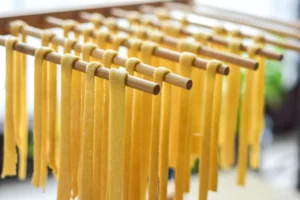
7 Powerful Reasons Bucatini Pasta Steals the Spotlight
Focus keyword: Bucatini pasta — Bucatini pasta is a long, hollow spaghetti-like pasta that traps sauce in its center.
Quick overview:
Bucatini pasta is a long, tubular pasta with a hollow center. It resembles thick spaghetti, but with a hole running through the middle. That hole is the simple innovation that defines the pasta’s eating experience.
Because the tube collects sauce inside, Bucatini pasta delivers a more concentrated, saucy bite than solid noodles. It is sturdy, satisfying, and ideal for bold, textured sauces.

Why it matters in Italian cooking
Bucatini pasta is a mainstay in Roman and Lazio cuisine. Its structure makes it an excellent partner for preparations that use cured pork, tomatoes, or slow-cooked ragù.
Practical reasons explain its popularity. The hollow center holds sauce; the thicker body offers a pleasing chew; and the shape resists being overwhelmed by strong ingredients.
History and origin
The name “bucatini” comes from buco, the Italian word for hole. Regional dialects sometimes call it perciatelli. Bucatini has deep roots in Lazio, where it pairs with local ingredients like guanciale and Pecorino Romano.
While its exact birthplace is debated, Bucatini’s culinary home is clear: it belongs to Roman tables and the dishes that built the region’s reputation for robust, ingredient-driven cooking.
Shape, production, and texture — why the hole counts
Bucatini is produced by extrusion. Dough is pushed through a die that shapes the tube and cuts it to length. The method matters: bronze-drawn dies give a rougher surface that helps sauce cling, while smooth dies produce a sleeker mouthfeel.
The hollow center affects texture. Compared to solid spaghetti, Bucatini has a denser bite and more surface area for sauce to cling to. Thin sauces can sit inside the tube, while textured sauces cling to the outside.
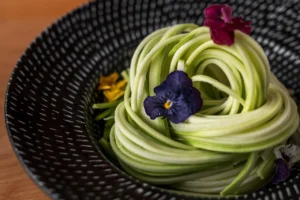
Classic recipes that make it sing
Bucatini all’Amatriciana
It is the canonical pairing: guanciale, tomatoes, Pecorino Romano, and red chili. Crisp the guanciale until the fat renders, add tomatoes and a pinch of heat, then toss the Bucatini in the pan to finish.
With pork ragù
Slow-cooked pork shoulder or a mixed pork ragù with pancetta makes a clingy, meat-forward sauce that fills the tubes and clings to the outside. The balance of meat, fat, and pasta is particularly satisfying.
Lighter takes
Don’t let the tube fool you—Bucatini works with brighter preparations. Lemon, olive oil, garlic, and parsley combine to create a simple sauce that is packed inside the tube. A loose pesto or a ricotta toss also plays well.
Top culinary sites treat Bucatini in three practical ways: they pair a trusted recipe with tested technique, explain ingredient choices, and show how the pasta behaves in different sauces. Below are common strengths and opportunities to differentiate your article.
What competitors do well
- Provide tested recipes with step-by-step technique notes.
- Offer context: regional roots, why ingredients matter.
- Include substitutions and shopping tips for hard-to-find items.
What you can do better
- Add a short troubleshooting FAQ for common pasta problems.
- Include a brief purchasing guide that explains bronze-drawn vs. smooth dies.
- Provide a simple buy/swap table for guanciale substitutes (pancetta, smoked bacon).
Include clear internal links to related articles on pastaloverz.com to improve navigation and keep readers on the site. Suggested internal links:
How to cook Bucatini pasta perfectly — practical steps
- Bring a large pot of water to a rolling boil; salt it generously so it tastes like the sea.
- Add Bucatini and stir immediately to prevent sticking. Use a long-handled spoon to separate strands gently.
- Because Bucatini is thicker, check for al dente a minute or two after the package time suggests.
- Reserve at least one cup of pasta water before draining.
- Finish the Bucatini in the saucepan with a splash of pasta water for 30–60 seconds to let the sauce cling and emulsify.
- Add grated Pecorino or Parmesan off the heat to avoid a grainy cheese texture.
These practical steps reduce common issues like splintering tubes, bland pasta, or sauces that refuse to cling.
https://www.delish.com/cooking/recipe-ideas/a22022814/lemon-bucatini-recipe/
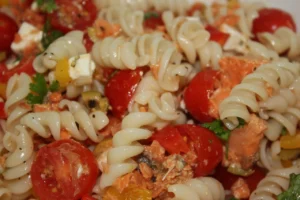
Pairing, serving, and plating suggestions
Classic and modern pairings both work. For amatriciana, pair it with a medium-bodied red, such as Sangiovese. For lighter lemon- or seafood-based dishes, opt for a crisp white wine, such as Vermentino.
Presentation tips: twirl Bucatini into nests for bowls or fold shorter lengths into a neat loop. Finish with freshly cracked pepper and a sprinkle of Pecorino for visual appeal and flavor balance.
https://www.eataly.com/us_en/magazine/eataly-recipes/bucatini-allamatriciana

SEO, content, and publishing tips if you’re writing about Bucatini pasta
- Place the focus keyword “Bucatini pasta” in the first two lines, the H1, and in a couple of H2/H3 subheadings.
- Use the schema (Recipe schema) for any recipes to increase the chance of rich results.
- Include authoritative external links to trusted culinary resources and product pages for buying good Bucatini.
- Add a short video or GIF for finishing pasta in the pan to increase engagement.
- https://www.masterclass.com/articles/types-of-pasta
Final thoughts
Bucatini pasta is a minor structural change with a big culinary payoff. The hollow center traps sauce, the thicker profile adds chew, and the shape pairs perfectly with bold, flavorful sauces.
If you publish a comprehensive Bucatini pasta guide on pastaloverz.com that blends hands-on technique, shopping advice, and multimedia, the post will meet readers’ needs and outpace competitors.
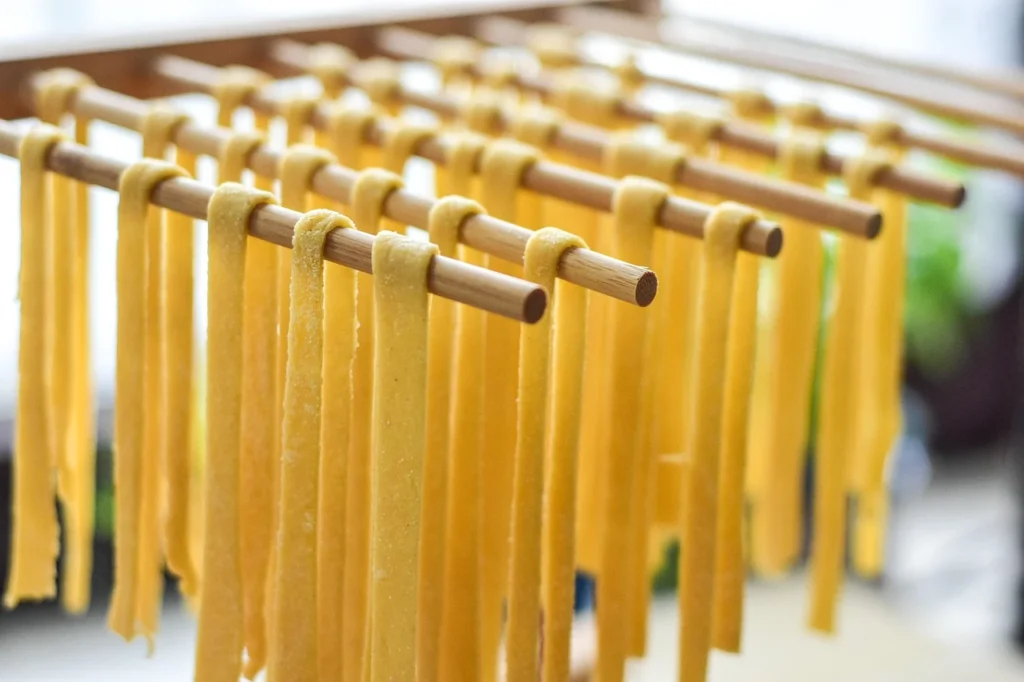

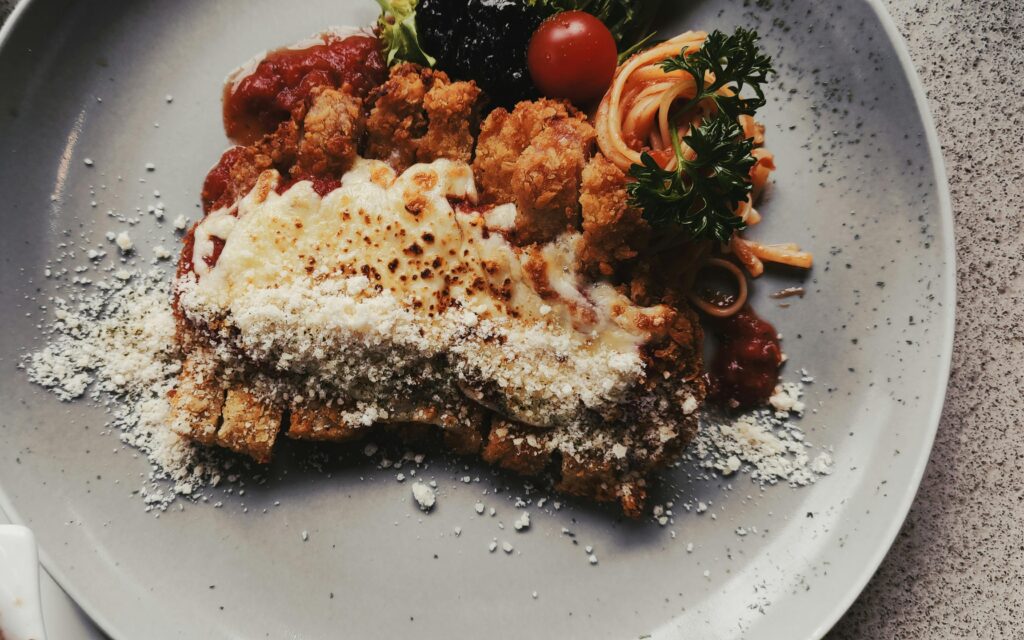
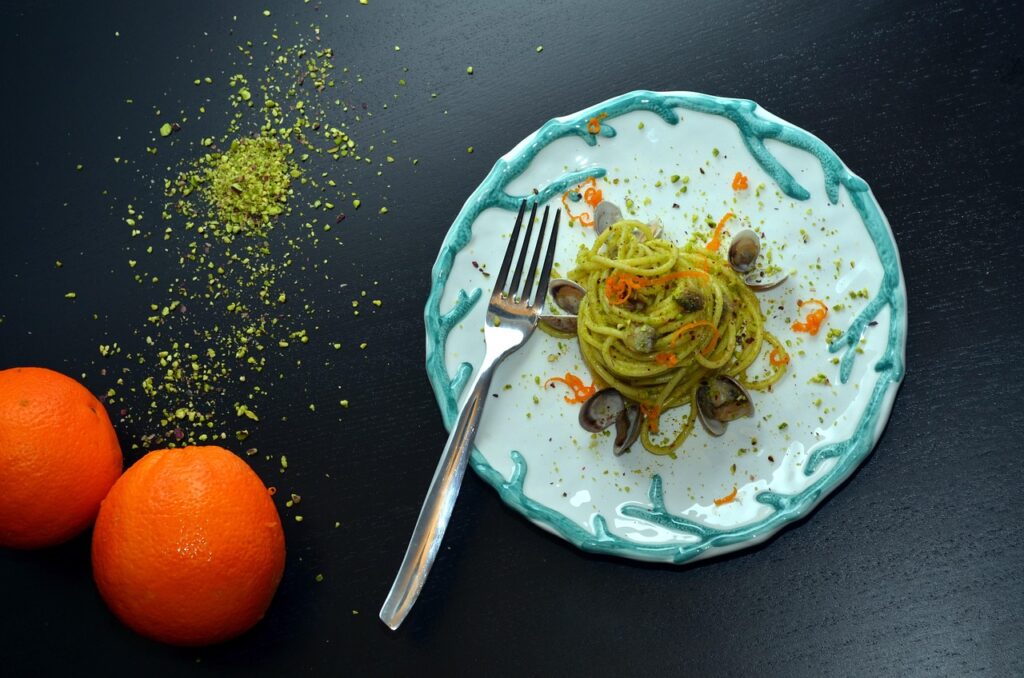
Pingback: 7 Irresistible Reasons to Love Pasta Tetrazzini Table of Contents
Pingback: Amazing Reasons Linguine Pasta Deserves a Spot on Your Table
Amazing